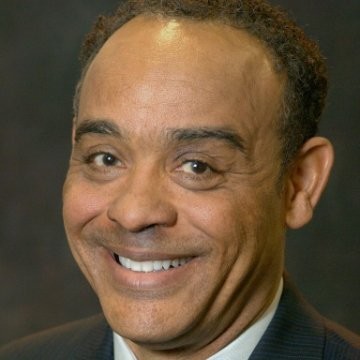By John Grace
Contributing Columnist
Now that we are free from 2023 let’s do what it takes to manifest more, starting in 2024.
You, too, can retire more decadent with a good mix of direction, behavioral adjustments and consistent professional attention.
Due to people making New Year’s resolutions, it’s common for gyms to experience a surge of new memberships at the beginning of the year. However, according to Lifehack, over 90% of these people quit after three months of going to the gym.
Planning your financial success is another intimidating challenge for many Americans. According to Schwab’s survey “only about one-third (35%) of Americans have plotted their goals and documented a financial plan. Among those who do, seven in 10 say it makes them feel more in control of their finances, and nine in 10 say they feel confident that they will reach their financial goals.”
Please allow Benjamin Franklin’s quote, “Don’t put off until tomorrow what you can do today,” to encourage you to seize the day, life and opportunities.
According to Vanguard, investors who work with a financial advisor enjoy a 3% increase in net returns. Say you start with $50,000; in 30 years, you can retire with an extra $1.3 million.
Three simple things set apart the difference of working with a financial advisor:
• Setting aside emotions. Just as you are better off executing your health plan today than tomorrow, you will always be better off starting your wealth plan. Advisors will lay the foundation for maintaining wealth-building habits. Not all robo-advisors give you the ability to enjoy the same personal connection and personalization as a human.
• Have your portfolio tailored. Determine if you like the professional, can trust them and want to do business. Keep interviewing advisors until you can say yes to these questions. Ask how you construct your portfolios for your clients. Is it a one size fits all, cookie-cutter approach, or is it customized? Forget the 100-year mountain chart and show me how your clients faired in 2008 and 2022. Since many savvy investors hate losses more than they love gains, show me how you limited losses for your clients in bad years. Ask the advisor, are you more fond of passive investing or active management, and why?
See the fees. Do-it-yourselfers often miss hidden costs. Good advisors show all of the expenses. While low costs are preferable in an up market, you want to see how you might pay more to keep more in a down-market.
In working with a physician in 2009, for example, she was pleased that her index fund was inexpensive. But when the market was off about 37%, her famous, no-load index fund declined more than 40% in 2008.
At the same time, some active management accounts were off by less than 20%. On a $3 million account, the traditional portfolio lost about $1.2 million. In contrast, an active portfolio that moved from shares to cash limited the 2008 decline to $600,000 or a difference of $600,000 to her year-end bottom line.
Of course, this is a hypothetical example and is not meant as investment advice for any particular client. Advice is often worth the price paid.
Since hope isn’t a strategy and every hard worker should be able to enjoy a comfortable retirement through age 100, consider consulting with professionals who keep your best interests at the top of their mind for life.
John Grace is a registered representative with LPL Financial. His On the Money column runs monthly in The Wave. The opinions expressed here are for general information only and are not intended to provide specific advice or recommendations for any individual.
LIFTOUT
While low costs are preferable in an up market, you want to see how you might pay more to keep more in a down-market.













